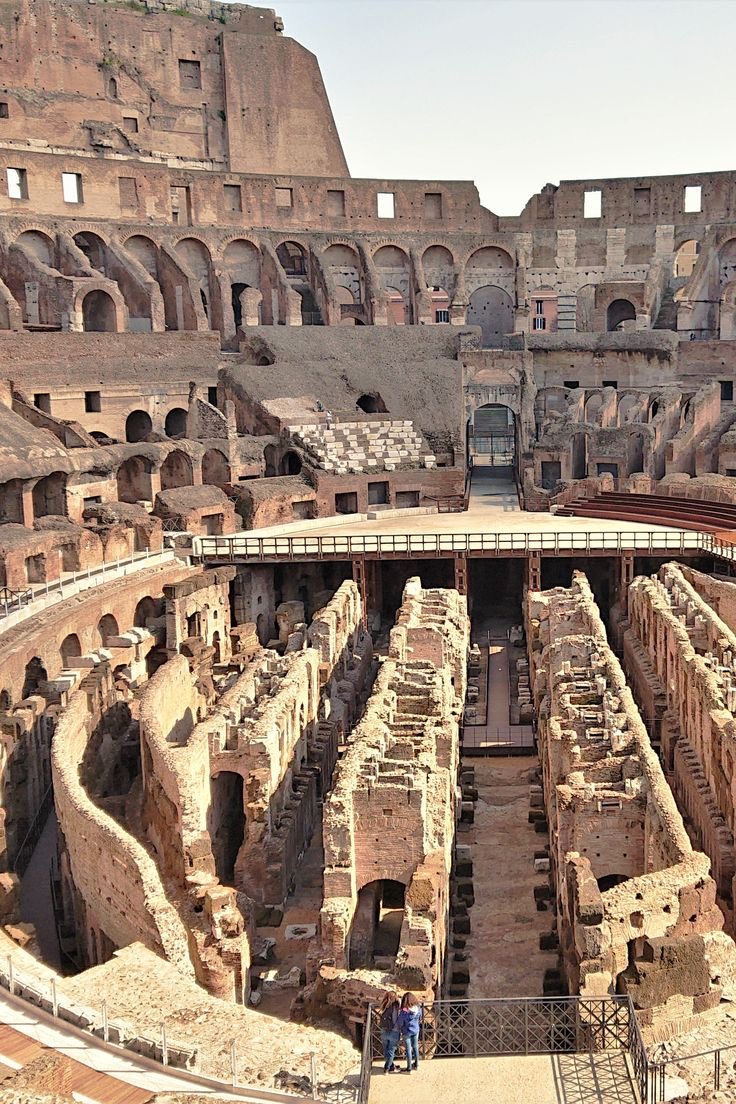The Colosseum, also known as the Flavian Amphitheatre, stands as a majestic testament to Roman engineering and entertainment. Its history is a fascinating journey through power, spectacle, and the evolution of a civilization. Here’s a detailed look at its construction, purpose, and legacy:
Construction (70-80 AD):
Initiated by Emperor Vespasian after the tumultuous Year of the Four Emperors (69 AD).
Aimed to revitalize Rome and showcase the Flavian dynasty’s power.
Constructed on the site of Nero’s Domus Aurea (Golden House), a symbol of his extravagance.
Employed a vast workforce of skilled laborers and utilized innovative techniques for its size and complexity.
Completed by Titus, Vespasian’s son, in 80 AD and inaugurated with 100 days of games.
Purpose and Entertainment (80-5th Century AD):
Served as a venue for a variety of public entertainment, including:
Gladiatorial combats: Between trained gladiators or with wild animals.
Venatio: Animal hunts featuring exotic creatures like lions, tigers, and elephants.
Staged battles: Reenactments of famous historical or mythological events.
Executions: A gruesome reminder of Roman authority.
Ludus Troiani: Elaborate chariot races.
The arena floor (arena) was made of wood and covered in sand.
A complex system of tunnels and elevators (hypogea) facilitated the movement of animals, gladiators, and scenery.
An ingenious awning system (velarium) provided shade to spectators.
The seating was meticulously designed, with social hierarchy dictating location:
Senators enjoyed the best seats closest to the action.
Women, plebeians, and the emperor had designated seating areas.
The Colosseum became a center of Roman life, attracting vast crowds and serving as a powerful symbol of the empire’s might.


Comment (0)